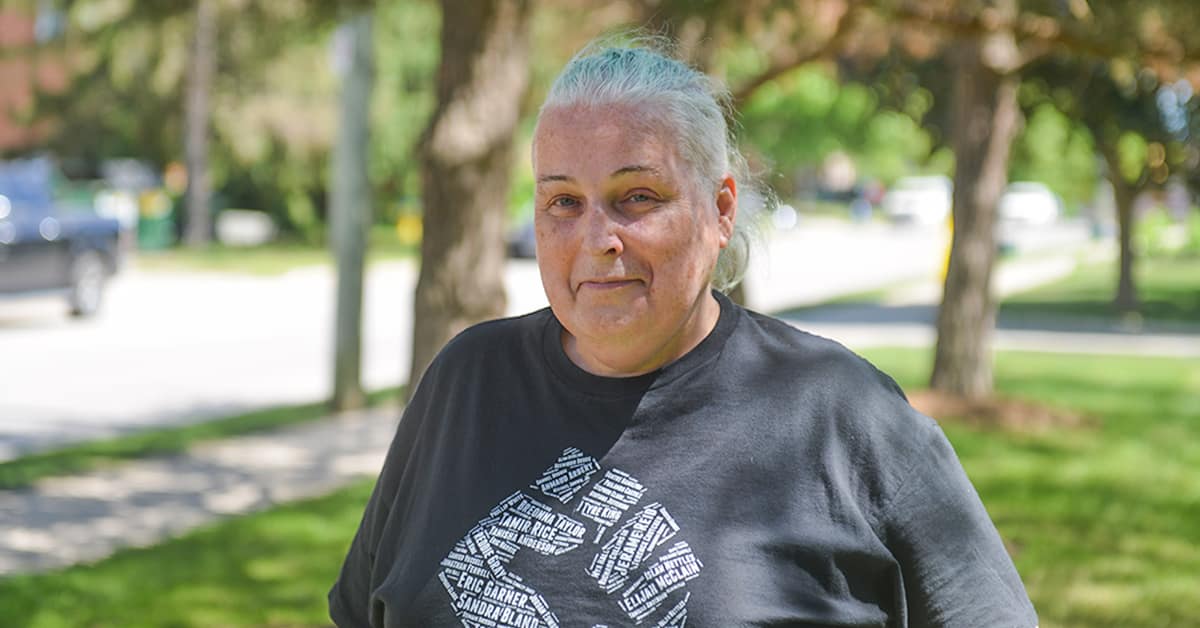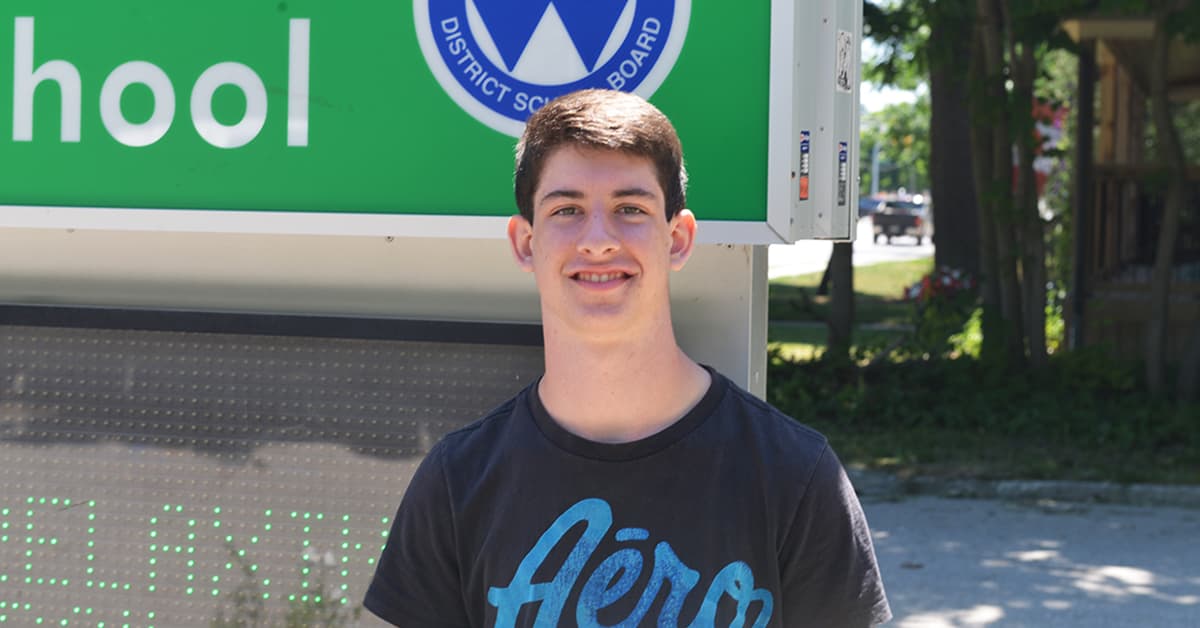Transgender and non-binary children and youth in the region have a significantly lower sense of belonging and poorer mental health outcomes than their cis-gendered peers. So found a 2021 youth impact survey conducted by the Children and Youth Planning Table of Waterloo Region, a partnership of more than 800 organizations in the region.
The survey polled 1,047 children and youth from across the region. In total, 68.2 per cent of respondents identified as a girl, 32.7 per cent as a boy and 4.5 per cent identified as non-binary or another gender (two per cent and 2.5 per cent respectively).
The final category includes identities such as gender fluid, gender queer and transgender. In the Gender Snapshot report released by the planning table, responses from non-binary respondents and those identifying as another gender identity were grouped together under the category ‘a gender identity other than boy or girl.’
The survey showed that 64.1 per cent of all respondents said they felt a very strong or somewhat strong sense of belonging to their community, however while the numbers were similar for boys (66.6 per cent) and girls (66.2 per cent) there was large drop for those with another gender identity at just 26.8 per cent feeling a strong or somewhat strong sense of belonging.
“[These numbers] tell us that trans and non binary youth in our community are not feeling particularly safe or welcome in many of the spaces that are open to them,” said Scott Williams, executive director of Spectrum, an LGTBQ community space and advocacy organization.
There is an even bigger discrepancy in mental health outcomes. Overall, 54.9 per cent of respondents said their mental health was more positive than negative. In total 67.8 per cent of boys indicated that their mental health was more positive, while 51.7 of girls’ said they had positive mental health. However, only 17.1 per cent of those with another gender identity reported positive mental health
“I think the differences were particularly startling,” said Alison Pearson, manager of community engagement and planning for the Children and Youth Planning Table.
“One of the benefits of disaggregating data is you get to see the story in a way that you couldn’t see it when everyone is grouped together. So we know that self assessed mental health is concerning in general, for when we look at what young people told us in 2021 about half of the group are feeling that their mental health is poor. And when we disaggregate we can see there are some notable differences between gender identities,” said Pearson.
According to Williams, transphobia is the main cause of the poor outcomes for transgender and non-binary youth.
“There is unfortunately a lot of transphobia happening in our community. Sometimes it is happening in the homes where trans and non binary youth are living, sometimes it’s happening in schools that they’re attending and it has a significant impact on their wellness and mental well being,” he said.
This is potentially very dangerous for the youth, Williams added.
“Trans youth who are not able to be themselves in their homes are not necessarily safe. Sometimes they don’t come out because they’re aware that their home is not going to be a safe place. So they’re often internalizing a lot of things that they’re hearing. When parents or guardians may not know that they even identify as trans,” he explained.
Cait Glasson, who is transgender woman, said she went through similar experiences with her mental health. However, being transgender is not the cause of her mental illness.
“My mental health is impaired to this day – it’s never really recovered. Transness itself isn’t bad. It’s other people’s reactions to [those who are] trans that makes life hard. It’s nothing internal. To me, that makes being trans hard. It’s how everybody else reacts around me,” said Glasson.
“It’s because of people’s reactions to how I’m treated because I’m a trans person, especially as an out trans person, which I am,” she said.
While there has been increased acceptance of trans people there has also been more pushback and transphobia, Williams said.
“I think legislatively with respect to rights and with respect to culture, and social acceptance, trans and non-binary people are probably 20 years behind where gay and lesbian people are. So though we’ve come very far and there is a lot more visibility, there’s a lot more work to be done before there’s true acceptance and people are feeling really welcomed and have a good sense of belonging in the community,”
Glasson agreed and pointed to the fact that it has only been five years since gender identity and expression was added as a protected group to Canada’s Human Rights Act.
“It’s going to keep changing. And people can either fight that change, or they can accept it and realize that it doesn’t affect what I do with my life and doesn’t actually affect anybody else’s life. All I ask for as a stranger, is they give me the respect of treating me as the woman I am,” she said.
Education is the key to overcoming transphobia, says Williams.
“Whether that’s at businesses or organizations, or at schools, people need to be aware of who trans people are and the issues that are facing them,”
Glasson agreed.
“Hopefully we can continue by education to reach those people whose transphobia comes from ignorance, as opposed to those people whose ignorance comes from transphobia.”
Respondents to the survey also said that they: (by percentage)
Feel isolated
Boys: 24.4
Girls: 30.9
Other identity: 48.8
Feel lonely
Boys: 23.7
Girls: 38.5
Other identity: 65
Feel free to express themselves with family
Boys: 75.7
Girls: 66.5
Other identity: 29.3
Their family tries to help them
Boys: 86.4
Girls: 81.4
Other identity: 63.4
Their family is willing to help them make decisions
Boys: 89.5
Girls: 87.7
Other identity: 70.7
Feel sad and hopeless
Boys: 40
Girls: 55.6
Other identity: 80.5
Experience discrimination and bullying
Boys: 3.1
Girls: 4.6
Other Identity: 65.9









